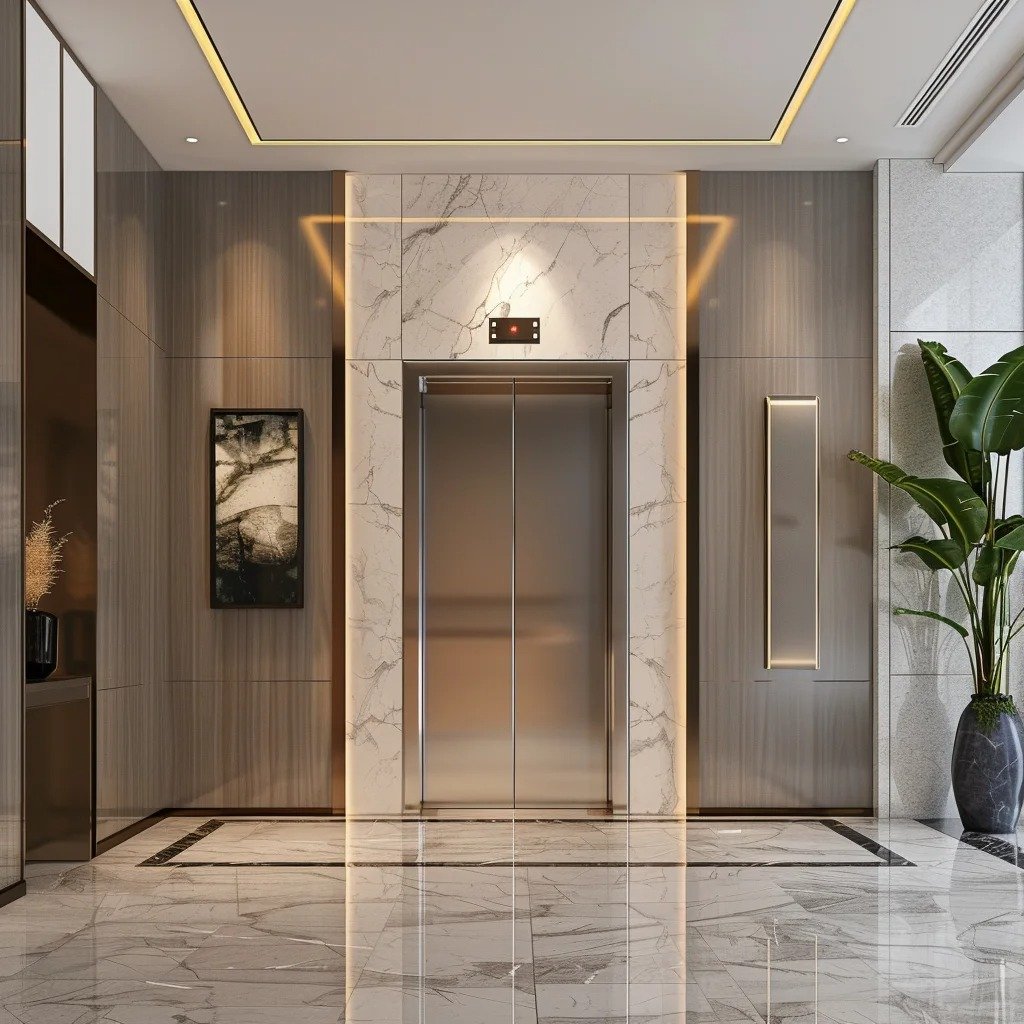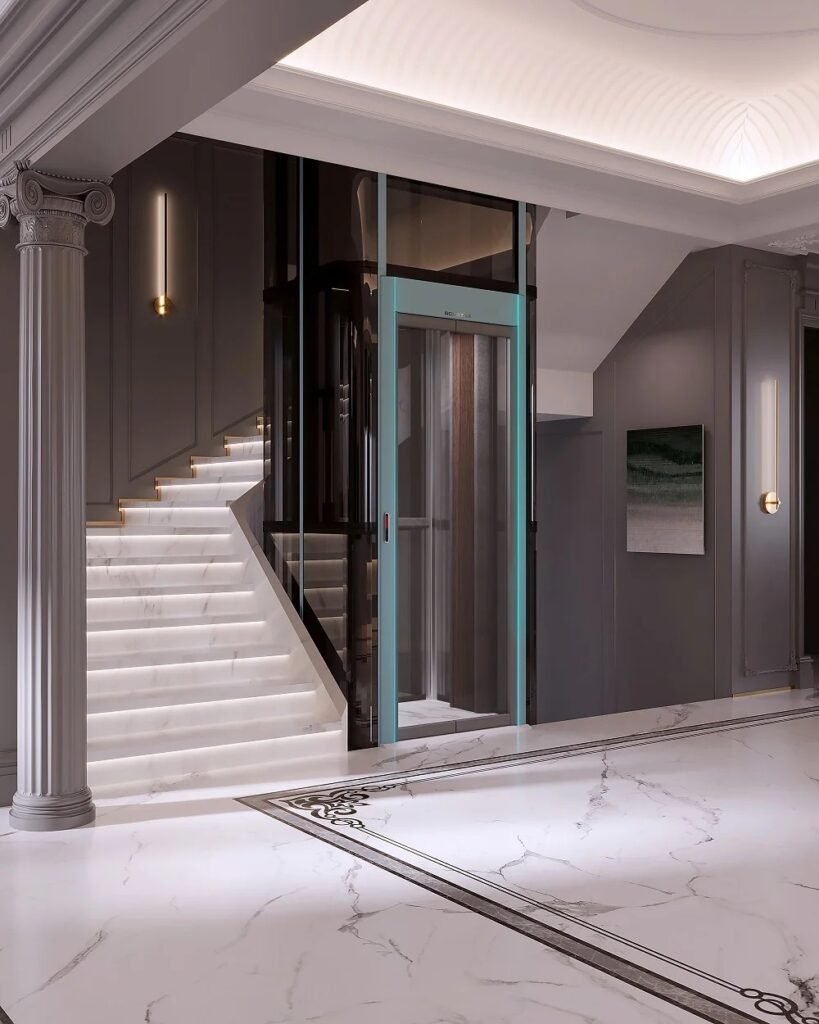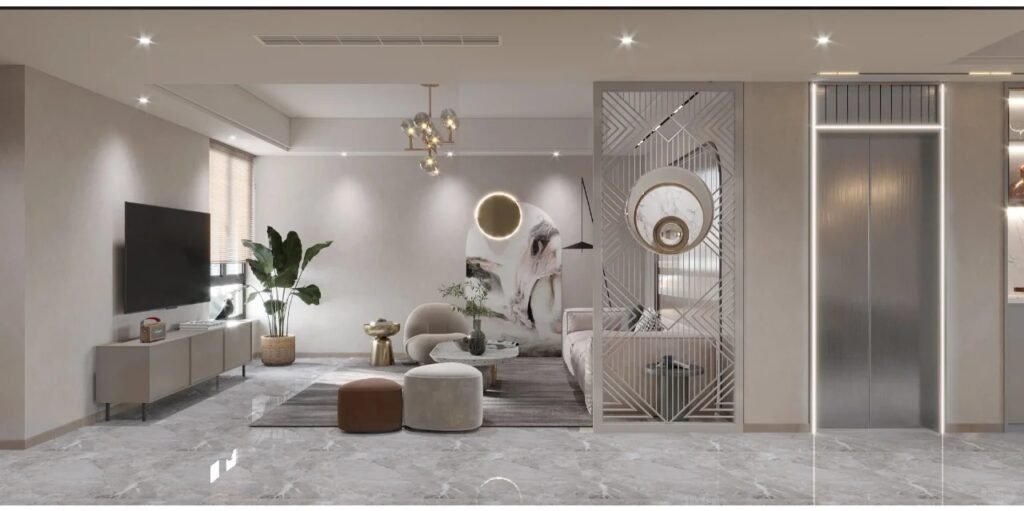Low cost home elevators are revolutionizing residential mobility by combining affordability with advanced technology, making vertical accessibility accessible to a broader demographic. As urbanization and aging populations drive demand for aging-in-place solutions, the global market for low cost home elevators is projected to grow at a CAGR of 3.7% from 2025 to 2031, reaching $2.059 billion by 2031. This article examines the technological advancements, regional trends, and economic factors shaping this rapidly evolving industry.

Market Overview: Drivers of Affordability
The low cost home elevator market thrives on three pillars: aging demographics, urbanization, and policy support. In China, the government’s focus on retrofitting aging residential buildings has spurred demand, with subsidies covering up to ¥200,000 ($28,000) per installation. Similarly, Europe’s stringent energy efficiency regulations and North America’s aging-in-place initiatives emphasize cost-effective solutions like shaftless elevators, which reduce installation costs by 30% compared to traditional models.
Key players such as ThyssenKrupp, Otis, and Mitsubishi dominate the premium segment, while niche brands like Aritco and Inclinator target budget-conscious consumers with modular designs. For example, Inclinator’s machine-room-less (MRL) systems minimize spatial requirements, ideal for urban homes, while Aritco’s screw-drive technology eliminates the need for pits or heavy structural modifications.

Technological Innovations: Cutting Costs Without Compromise
Modern low cost home elevators prioritize energy efficiency and simplified installation. Hydraulic systems, once prone to leaks, are being phased out in favor of screw-driven or traction-based models. For instance, inorganic room (MRL) elevators reduce energy consumption by 30% and installation time to just one day, lowering labor costs by 40%.
Smart features further enhance affordability. IoT-enabled diagnostics and AI-driven predictive maintenance reduce long-term operational expenses. Brands like Barduva integrate voice controls (e.g., Amazon Alexa) and remote monitoring, aligning with smart home trends while minimizing manual maintenance costs.
Regional Dynamics: Asia’s Dominance vs. Western Innovation
Asia-Pacific leads the low cost home elevator market, driven by China’s urbanization and India’s rising middle class. China alone accounts for 61% of global new installations, with domestic brands like Longchuang and Yungtay Engineering offering elevators priced as low as ¥200,000 ($28,000) for basic models.
In contrast, Europe emphasizes sustainability. Germany and Italy pioneer compact, energy-efficient designs, while Nordic brands like Aritco focus on recyclable materials. North America, meanwhile, targets aging populations with grants for retrofitting, such as the U.S. Department of Housing’s $15,000 subsidies per unit.
Cost Breakdown and Consumer Strategies
The total cost of a low cost home elevator typically ranges from 20,000 to 45,000, depending on specifications. Key components include:
Equipment (40–50%): Screw-driven systems (¥200,000–¥350,000 in China) dominate due to lower maintenance needs.
Installation (25–35%): Modular kits reduce labor costs by 40%, especially in retrofit projects.
Maintenance (10–15%): IoT-enabled systems cut annual upkeep by 20% through predictive analytics.
Consumers can further reduce expenses by leveraging subsidies, comparing brands, and opting for phased payment plans. For example, Guangdong Province offers up to ¥150,000 ($21,000) per elevator for aging neighborhood retrofits.
Future Trends: Democratizing Accessibility
The low cost home elevator industry faces challenges like rising steel prices and regulatory complexities. However, innovations such as 3D-printed elevator components and AI-optimized manufacturing promise to reduce production costs by 15–20% by 2030.
Additionally, partnerships between governments and manufacturers aim to expand access. Singapore’s Housing Board, for instance, trials stair-climbing robots as ultra-low-cost alternatives in buildings where elevator retrofits are impractical.

Low cost home elevators are reshaping global residential mobility, driven by technological advancements, policy incentives, and demographic shifts. As brands like Inclinator and Aritco refine their offerings, the fusion of affordability, sustainability, and smart technology will ensure these systems become a staple in modern homes. For households worldwide, investing in a low cost home elevator is no longer a luxury—it’s a gateway to inclusive, future-ready living.





